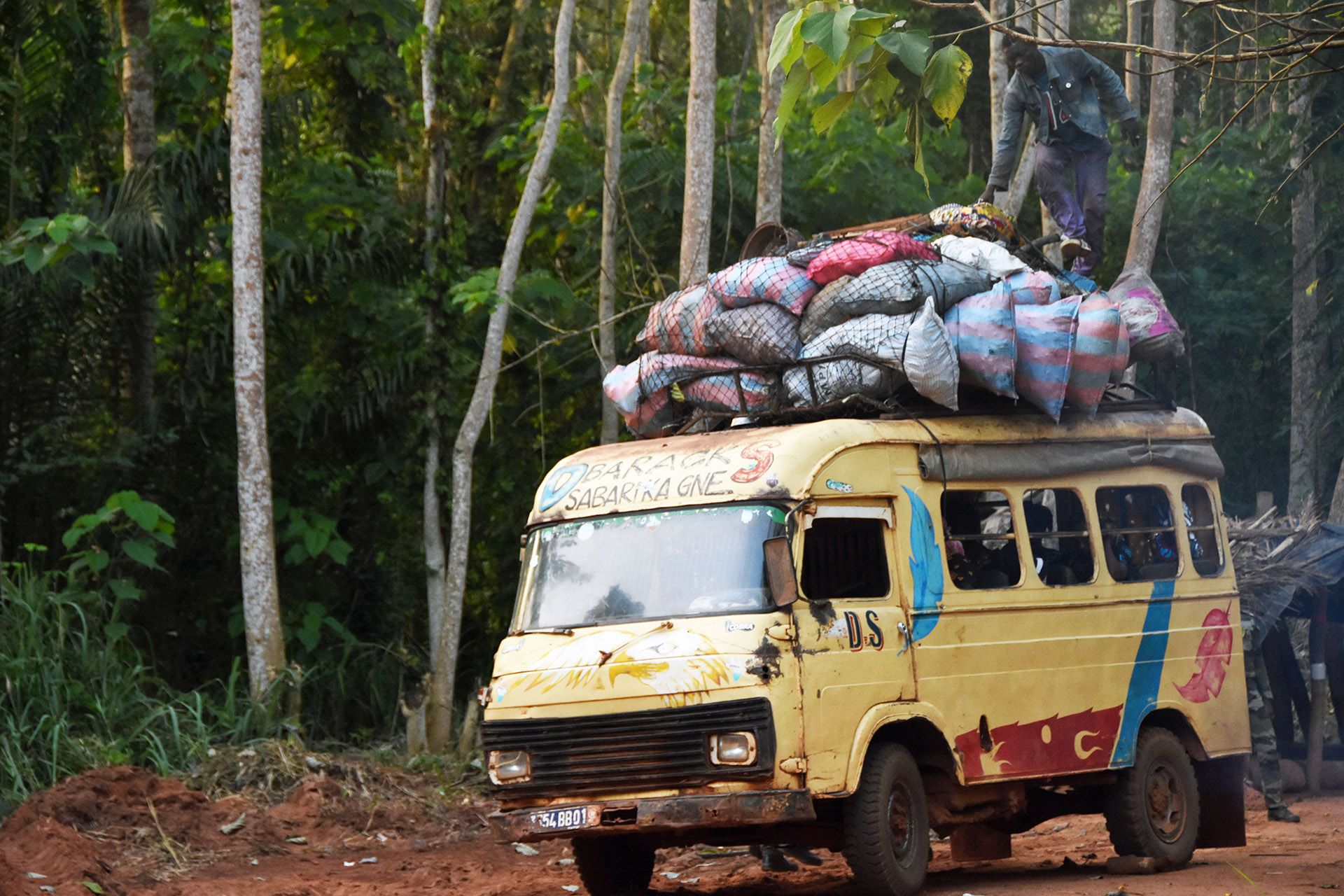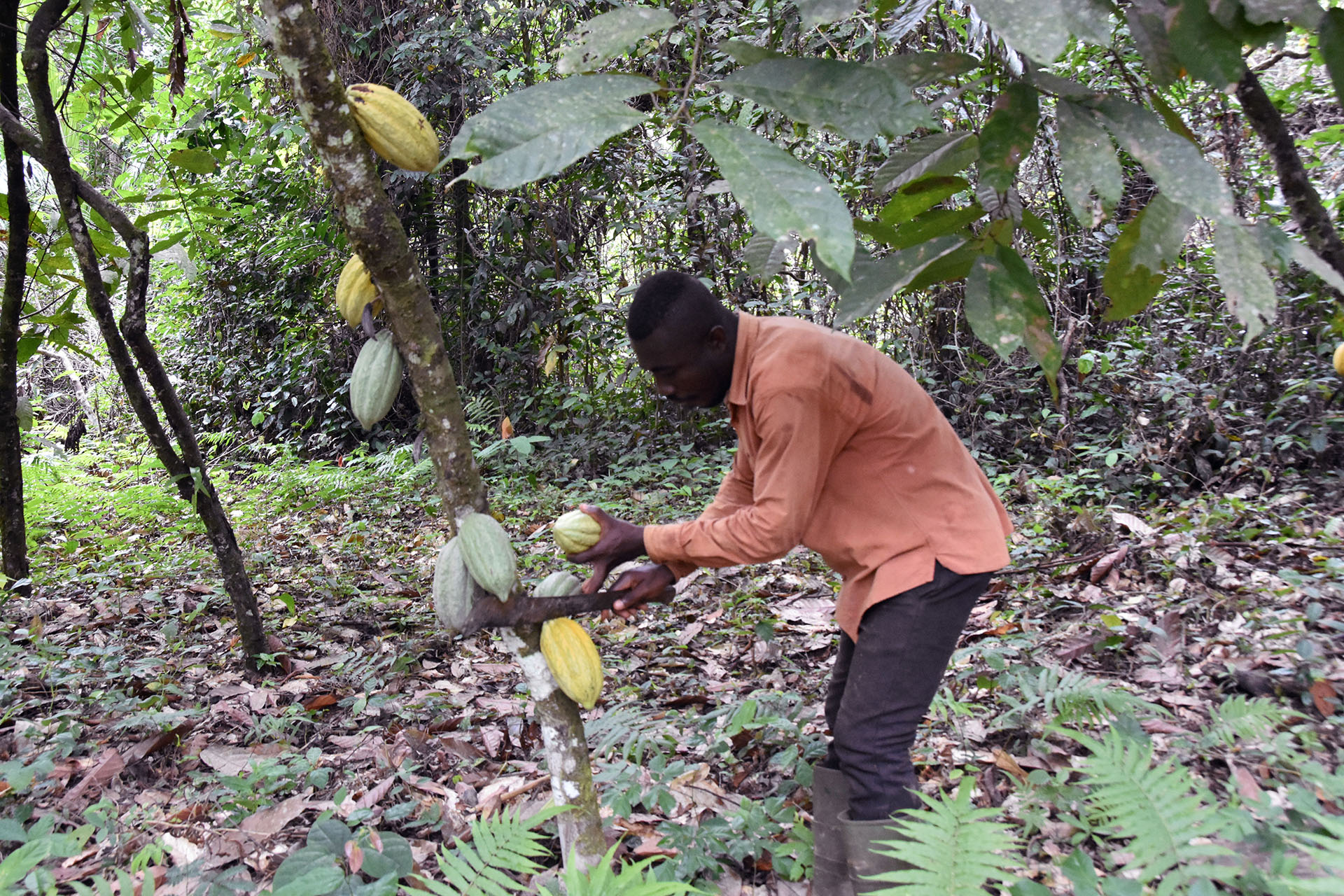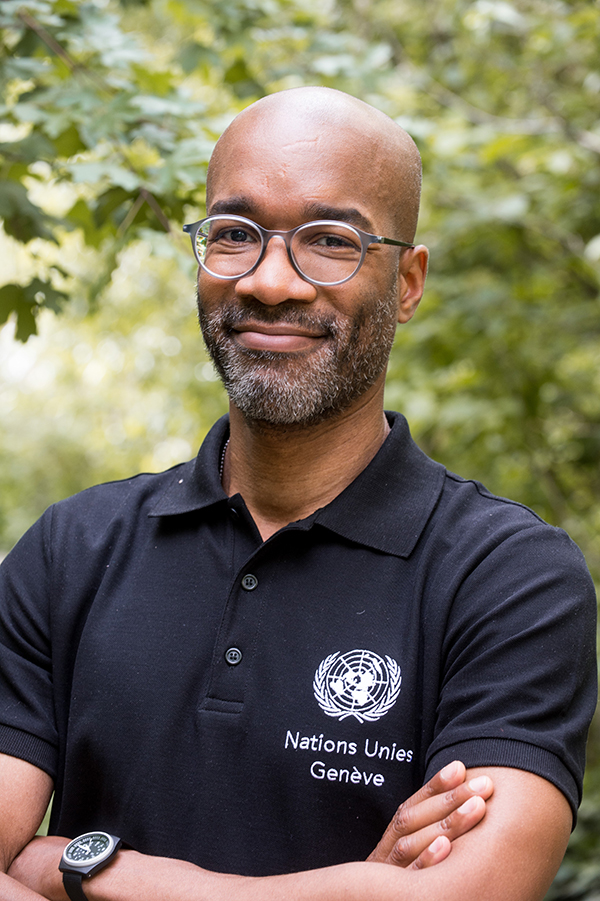Côte d’Ivoire used to be known for its biodiversity and large forest cover. The ‘Ivory’ on its name is an allusion to what was once an abundant population of elephants, who are now en route to disappearance. Accounting to 15 percent of GDP and 40 percent of export revenues, cocoa brings prosperity to Côte d’Ivoire. However, this commodity is degrading the country’s natural wealth, and Côte d’Ivoire has failed to protect its national emblem: elephants.
In 1960 – the year of independence from France – Côte d’Ivoire had 16 million hectares of forest or one half of its land surface. This number is at 2.5 million hectares or nearly 8 percent currently, according to FAO. This means that the country has lost nearly 85 percent of its forests since independence. This landscape change is causing major alterations in local climatic conditions, with rainfall dropping by 14 percent in the last 50 years.
If this trend continues, the climatic conditions conducive to the culture of cocoa – Côte d’Ivoire’s main agricultural commodity and foreign exchange earner – could soon disappear. Decades of cocoa grown under the sun induced better yields, but it has also exhausted the soil. The decreasing fertility of unsustainably operated plantations is urging farmers to encroach on forests in search of more productive land. Therefore, it appears that the cocoa sector – a potential casualty of climate change – is also the main direct driver of deforestation in Côte d’Ivoire.
While Côte d’Ivoire has the fastest rate of deforestation in Africa, it is also one of the fastest in the world. Therefore, it is now vital that Côte d’Ivoire saves its remaining forests. The issue is so serious that President Alassane Ouattara signed the UN New York Declaration on Forests in 2014 and committed to restore the national forest extent to 20 percent of the territory by 2030.
Within this context, the most promising solutions to decouple agriculture from deforestation would be to increase agricultural productivity with improved plant material while making use of good practices (intensification); and plant associated trees in cocoa plantations (agroforestry).
In 2016, the Permanent REDD+ Executive Secretariat at the Ministry of Environment mandated a framing study on the private investment opportunities in Côte d’Ivoire. The main goal of this study on economic and financing models was to provide the government with useful information to assist ongoing private sector commitments, and to bring strategic data to other related initiatives. These initiatives include the Cocoa and Forests Initiative, the working group Environment and Climate Change from the cocoa sector Private-Public Partnership Platform or the Green Climate Fund.
In cooperation with the Ivorian State and its partners, UN Environment is partnering with the European Forest Institute to design tangible financing models of deforestation-free cocoa agriculture for the private sector. The successful uptake of agroforestry in the cocoa production chain is a major component of the analysis.
In the first phase, several field missions were carried out to collect data together with private sector companies and other relevant stakeholders while performing extensive academic research. Thereafter, an Excel model was created as a decision support tool to assess the profitability of three pilot projects initiated by large chocolate manufacturers.

The transition from business-as-usual towards agroforestry should eventually diversify revenue streams and reduce monoculture risks for smallholder farmers. Importantly, the study outlines a potential shortfall in revenue for farmers in the short-to-medium terms that needs to be offset. For agroforestry to be implemented in Côte d’Ivoire, smallholder farmers are pivotal. While addressing land security issues, it is crucial to improve the access of smallholder farmers to finance, which would break the vicious circle of poverty and promote financial inclusion.
Now in the second phase of this project, the aim is to identify the financial conditions for scaling-up these agroforestry pilot projects at the national level. As local banks perceive lending to smallholder farmers with no collateral as too risky, action is being taken to formulate innovative financing solutions. This would involve using funds of varying degrees of risk profile to bring the financial sector on board and promote smallholder access to finance. The current focus is to catalyse constructive dialogue by creating a platform for all stakeholders (chocolate manufacturers, logging companies, government ministries, the Coffee-Cocoa Council, NGOs, insurers and investors). This platform is expected to establish a national definition of agroforestry inside cocoa plantations, while building consensus on new financial schemes that could work in the Ivorian context.
Agroforestry, though not the only solution to halt deforestation, is potentially one of the most effective. Hopefully, these initiatives will generate innovative financial schemes and new public-private partnership models to produce forest-friendly cocoa in the future.
For more information - Economic and Financial Challenges to Scaling Up Sustainable Cocoa Production in Cote d'Ivoire (Executive Summary)

